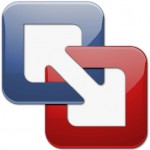Trello uses the “kanban paradigm” for managing projects, originally been popularized by Toyota in the 1980s for supply chain management. Projects are represented by boards, which contain lists (corresponding to task lists). Lists contain cards (corresponding to tasks). Cards are supposed to progress from one list to the next (via drag-and-drop), for instance mirroring the flow of a feature from idea to implementation. Users can be assigned to cards. Users and boards can be grouped into organizations.
It operates a freemium business model, as well as being cross-subsidized by other Fog Creek Software products. A basic service is provided free of charge, though a Business Class paid-for service was launched in 2013.


